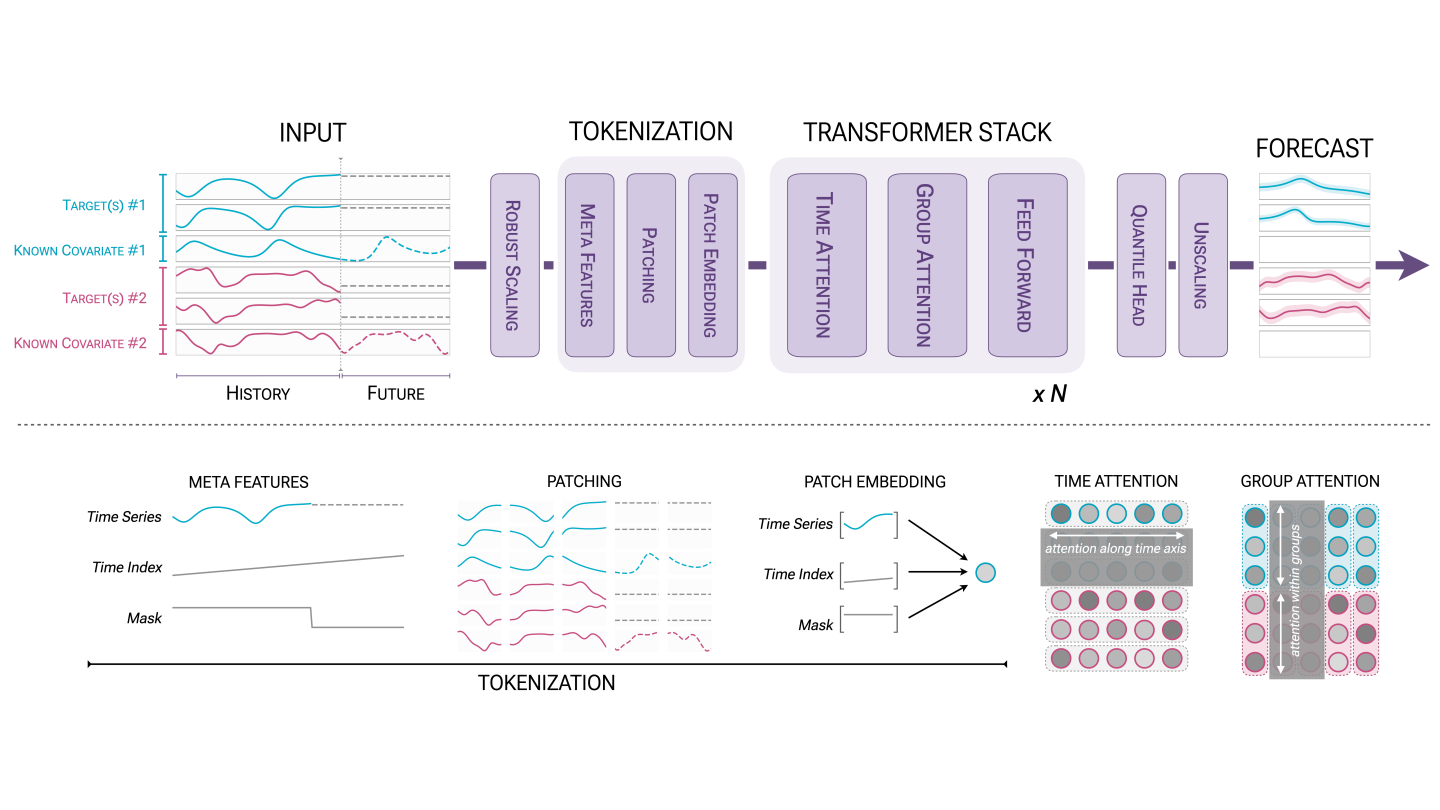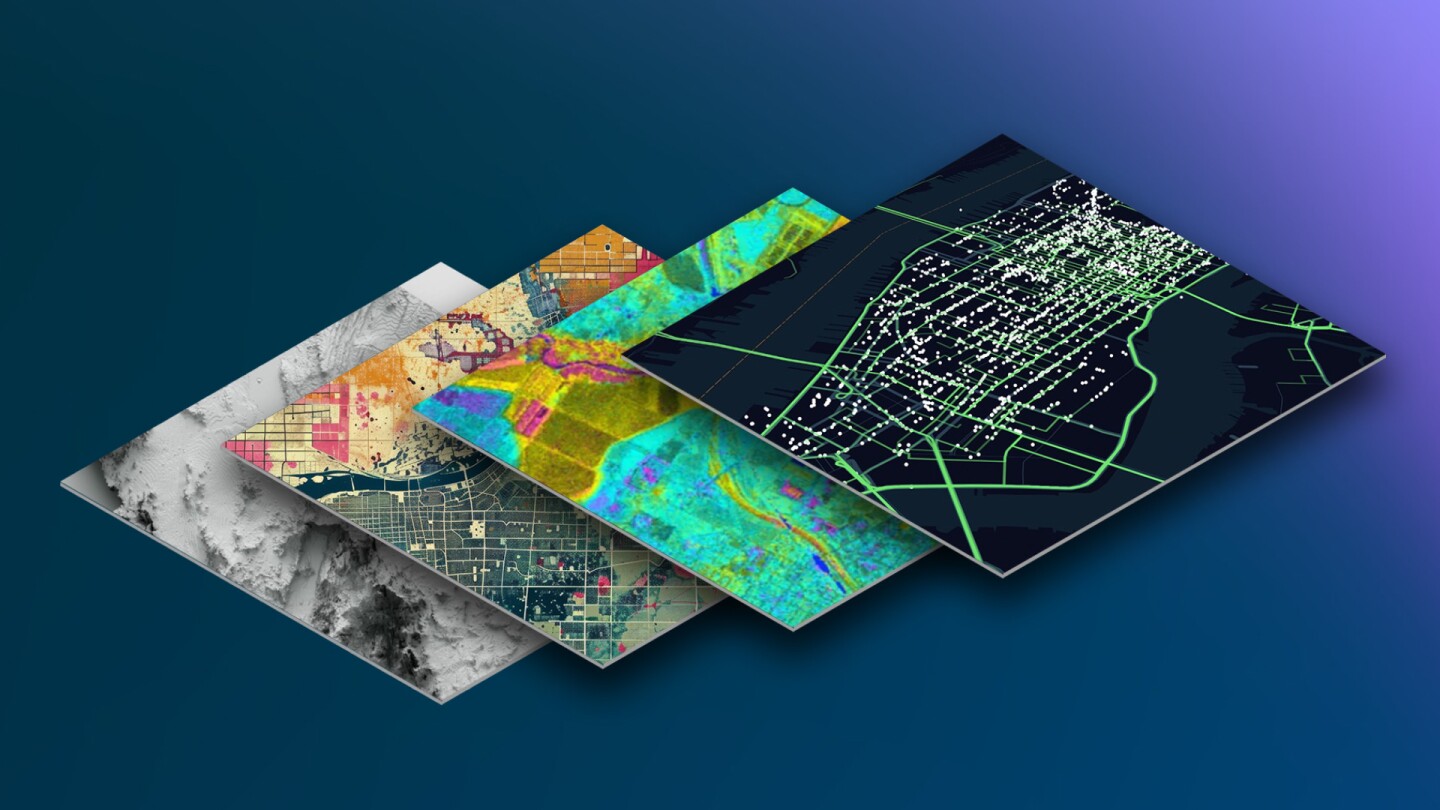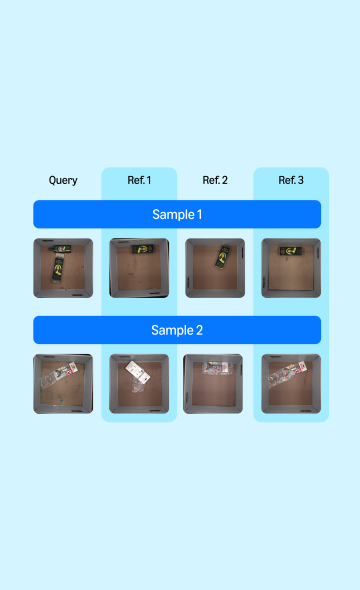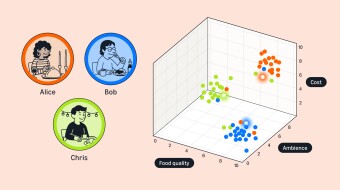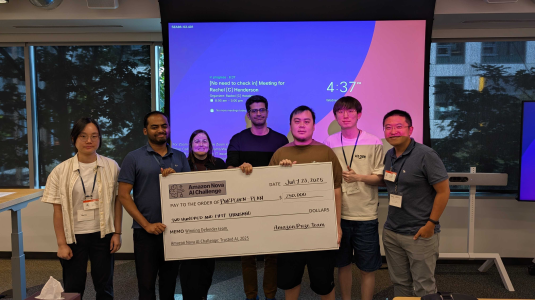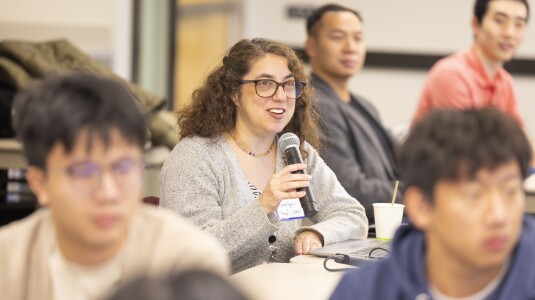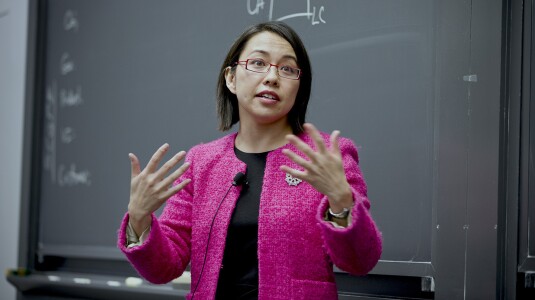Customer-obsessed science

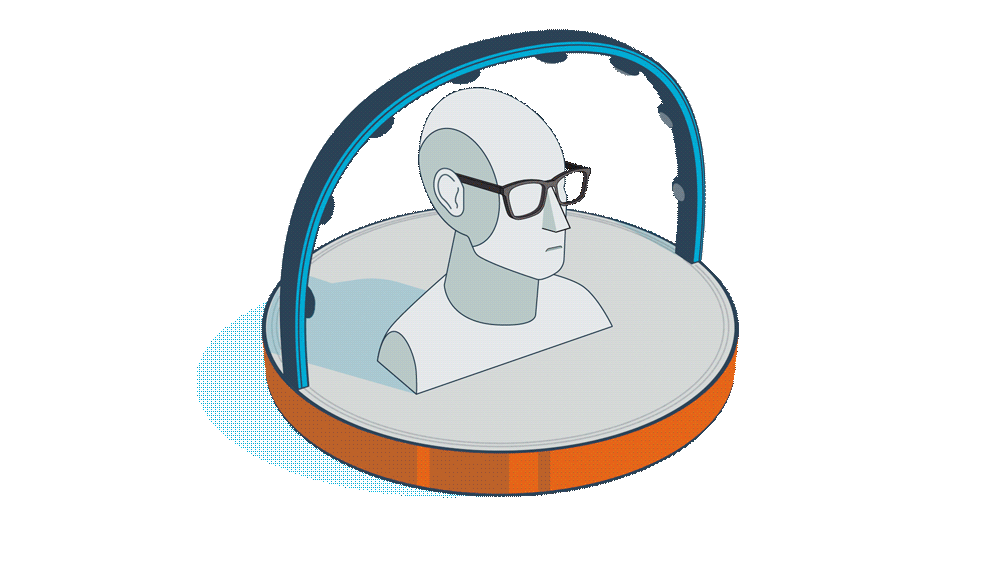
Research areas
-
November 6, 2025A new approach to reducing carbon emissions reveals previously hidden emission “hotspots” within value chains, helping organizations make more detailed and dynamic decisions about their future carbon footprints.
-
-
Featured news
-
2025Autonomy via agents based on large language models (LLMs) that can carry out personalized yet standardized tasks presents a significant opportunity to drive human efficiency. There is an emerging need and interest in automating web tasks (e.g., booking a hotel for a given date within a budget). Being a practical use case itself, the web agent also serves as an important proof-of-concept example for various
-
2025This paper presents a new challenge that calls for zero-shot text-to-speech (TTS) systems to augment speech data for the downstream task, personalized speech enhancement (PSE), as part of the Generative Data Augmentation workshop at ICASSP 2025. Collecting high-quality personalized data is challenging due to privacy concerns and technical difficulties in recording audio from the test scene. To address these
-
NAACL 2025 Workshop on TrustNLP, ICLR 20252025Uncertainty quantification (UQ) in Large Language Models (LLMs) is essential for their safe and reliable deployment, particularly in critical applications where incorrect outputs can have serious consequences. Current UQ methods typically rely on querying the model multiple times using non-zero temperature sampling to generate diverse outputs for uncertainty estimation. However, the impact of selecting
-
Multimodal recommender systems leverage diverse information, to model user preferences and item features, helping users discover relevant products. Integrating multimodal data can mitigate challenges like data sparsity and cold-start, but also introduces risks such as information adjustment and inherent noise, posing robustness challenges. In this paper, we analyze multimodal recommenders from the perspective
-
NAACL 2025 Workshop on TrustNLP2025A critical challenge in deploying Large Language Models (LLMs) is developing reliable mechanisms to estimate their confidence, enabling systems to determine when to trust model outputs versus seek human intervention. We present a Calibrated Reflection approach for enhancing confidence estimation in LLMs, a framework that combines structured reasoning with distance-aware calibration technique. Our approach
Collaborations
View allWhether you're a faculty member or student, there are number of ways you can engage with Amazon.
View all












